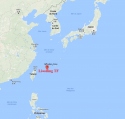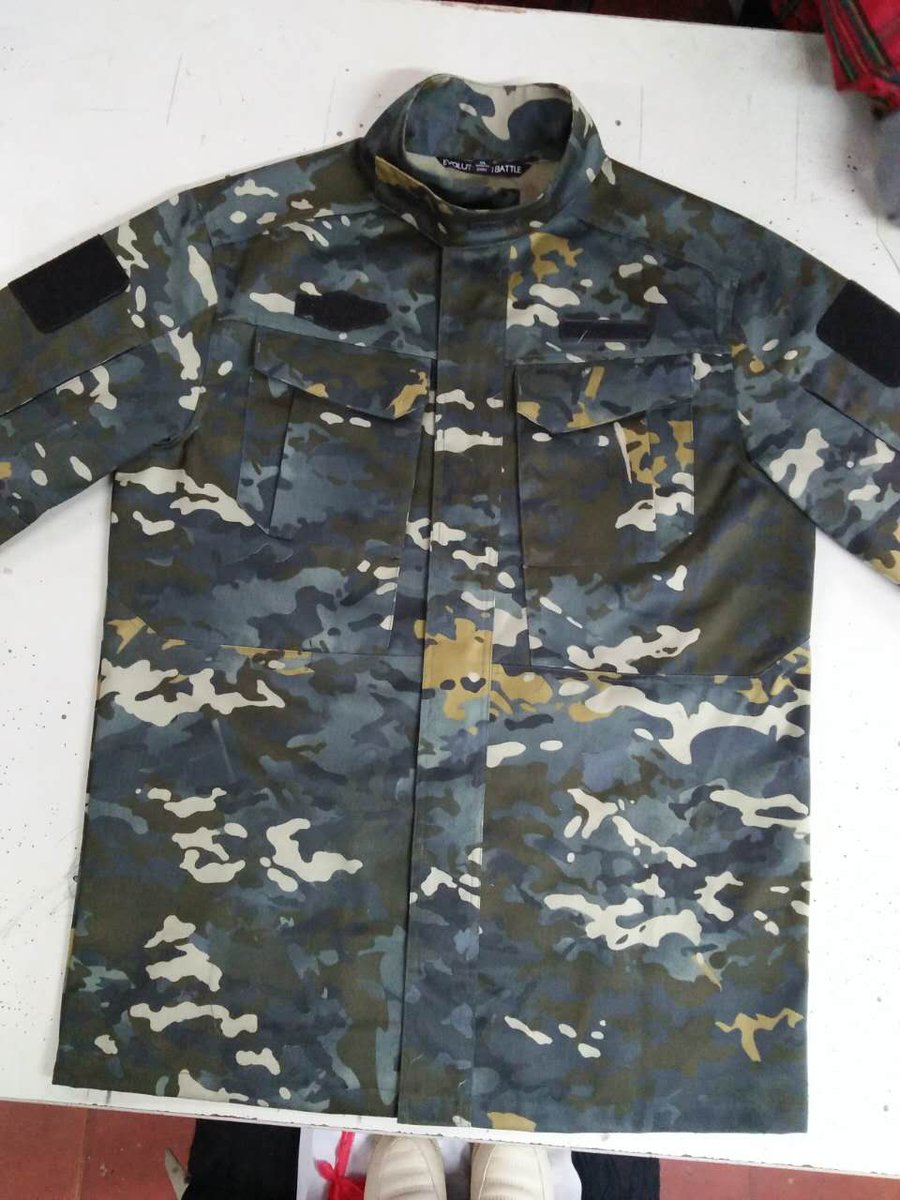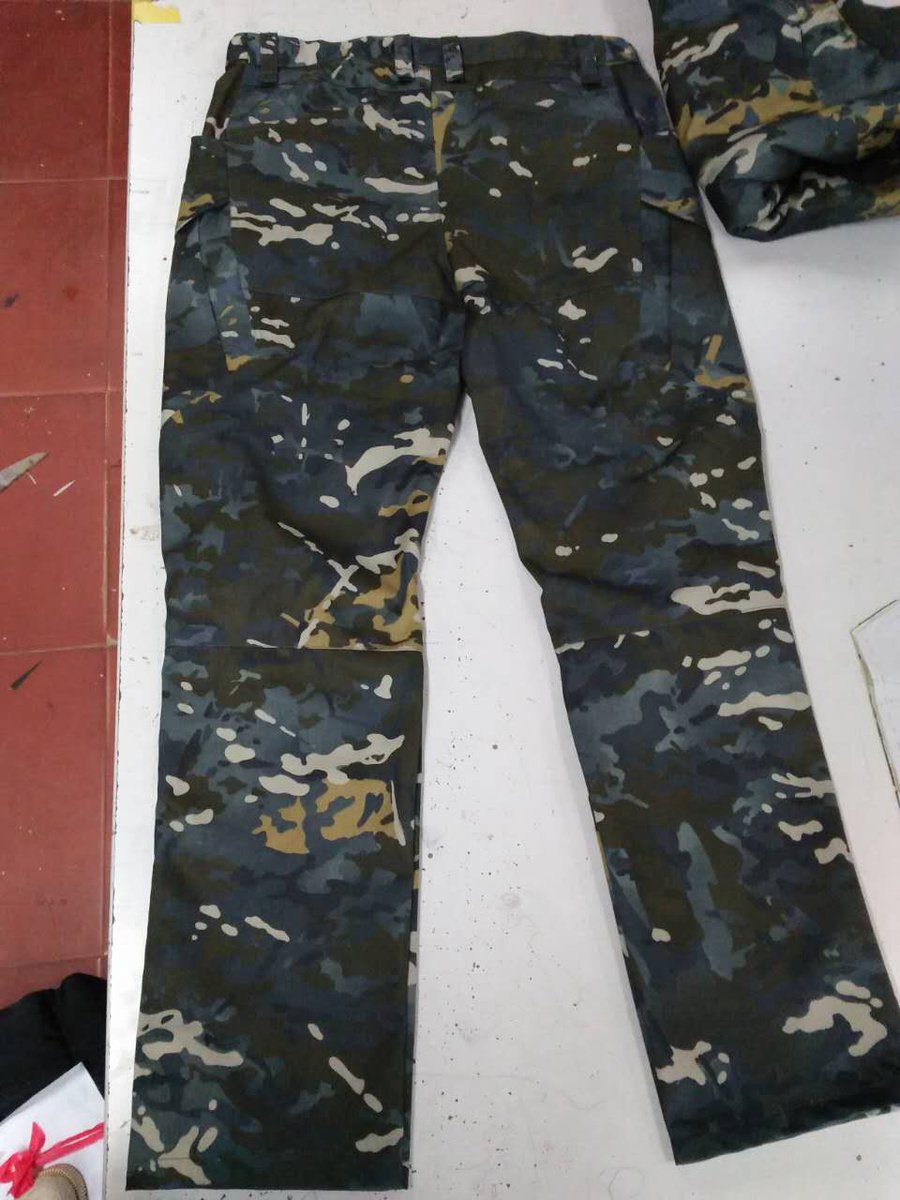I thought this is an excellent article. They are gaining experience in blue water operation and the tempo and frequency keep increasing year by year. I guess the dream to break out from the tyranny of 1st island is being realized. All those choke point will be heavily contested in the future
China Takes to the Blue Water
Posted on December 30, 2016By Todd Crowell
,
,
Sailing, sailing, over the bounding main…
Beijing discards Mao’s instruction that the land outweighs the seas
The recent well-publicized venture by China’s first and so far only aircraft carrier, the
Liaoningoutside of its familiar coastal waters into the western Pacific and off the coast of Taiwan, is a signal event in China’s ambition to field a true blue-water navy.
W
hen China’s navy looks beyond its coastal waters, which it increasingly does, it sees a kind of Great Wall, except that, from their point of view, this wall is meant to keep China pinned in and not to keep the barbarians out. It is now seeking to break out beyond that wall.
The Chinese call this the “First Island Chain,” a line of islands, some small, others huge, extending from the Japan archipelago to the north, the Ryukyu island chain past Taiwan and the Philippines to the south. The waters within this arc are considered an integral part of China itself.
The
Liaoning and its escorts, two frigates, four destroyers and an oiler, entered the open sea through the Miyako Channel, a wide strategically located strait between Okinawa and Miyakojima. They returned to China through the Bashi Strait separating Taiwan from the Philippines.
The first time a Chinese H-6K bomber passed through the Miyako channel was September.
The only thing remarkable about this exhibition was the participation of the
Liaoning and its battle group. But the route they followed was in a path paved by other Chinese military aircraft and naval vessels as Beijing increasingly turns its attention to the open sea.
In September an armada of some 40 Chinese air force aircraft, including the H-6K long-range bomber, exited the Miyako channel, flew along Taiwan’s east coast and then turned back to China through the Bashi Strait, the same route that
Liaoning followed three months later.
2013; the first multi-plane formation to use this passageway was in May, 2015, and later that year an unusually large formation of eight bombers and support aircraft passed through the gap, flew around the Pacific and then returned to home base through the channel.
The H-6K is a modified and much improved version of an old Soviet Tu-22 bomber, known in NATO nomenclature as a “Badger.” It has been configured to hold cruise missiles under its wings or in its bomb bay. The planes reportedly flew about 1000 km into the Pacific before returning to their home base near Shanghai.
The Chinese navy, as well as the air force is learning to conduct extended maritime operations far from home waters. Of course, China has maintained a permanent, rotating flotilla of two destroyers and a supply ship in the waters off the coast of Somalia and the Gulf of Aden since 2009.
These missions are not war fighting, but they have enhanced capabilities for operating in the seas far from home. They have gained experience in navigating without fixed land points and coordinating with other naval services on anti-piracy patrol and exercises with other navies, including those of Russia and South Korea.
In the summer of 2013 a Chinese naval flotilla passed through the Soyu Strait, which separates Hokkaido from the southern tip of Russia’s Kurile islands. It returned to its home base through the Miyako Channel. The
People’s Daily trumpeted this maneuver as if it were a major triumph.
China now routinely conducts naval and air exercises beyond the First Island Chain as far away as the Philippine Sea, and the number of Chinese naval flotillas passing through the First Island Chain has increased significantly in recent years.
There were two in 2008 and 2009, four in 2010, five in 2011, and eleven in 2012. In 2012 surface combatants were deployed seven times to the Philippine Sea. The Maneuver-5 exercise in the Philippine Sea involved units from all three of China’s fleets, was the largest open-ocean exercise to date.
The Chinese navy has now penetrated all of the Western Pacific choke points along the chain from the Tsuruga Strait separating Hokkaido from Honshu in northern Japan to the Bashi Strait separating Taiwan from the Philippines and the Sunda Strait in Indonesia. In October, 2012, a flotilla exited the East China Sea through the narrow passage way between Taiwan and Japan’s Yonaguna island in the Ryukyu chain (where the Japanese army has constructed a surveillance radar).
When queried as to its purpose and intentions of these missions Beijing has a standard reply: “The training is in line with the relevant international practices and is not aimed at any one country or target and poses no threat to any country or region.”
But while the Chinese foreign ministry describes these voyages as routine training exercises, they are anything but routine. The Liaoning sailed along Taiwan’s east coast just outside Taipei’s Air Defense Identification Zone (ADIZ).
A good part of Taiwan’s air force is based on the east coast stationed in deep caves protected by the highest chain of mountains in East Asia, which make the bases almost invulnerable from missiles launched in the mainland.
If China were to obtain air superiority over Taiwan in any invasion scenario, these bases would have to be neutralized, either by the long-range bombers or attack fighters from theLiaoning or some other aircraft carrier, now building.
China’s naval and air force training exercises have steadily progressed from a handful of vessels to multi-fleet (i.e., elements from all three of China’s fleets) to combined operations with submarines, drones and long-range bombers.
In June, 2015, Beijing issued a white paper on its defense priorities in which it stated what has been obvious to any naval planner paying attention, that China naval interests are no longer limited to its coastline but span the globe. “The traditional mentality [going back to Mao Zedong] that the land outweighs the seas must be abandoned,” the paper states.
That the Chinese navy will enhance its capabilities for “open seas protection” just puts into words what is actually happening. The white paper leaves little doubt that China is intent on transforming itself into a modern maritime power, capable of challenging Japan or the US in Asia and elsewhere.
Todd Crowell is the author of The Coming War between China and Japan
, published by Amazon as a Kindle Single.





















